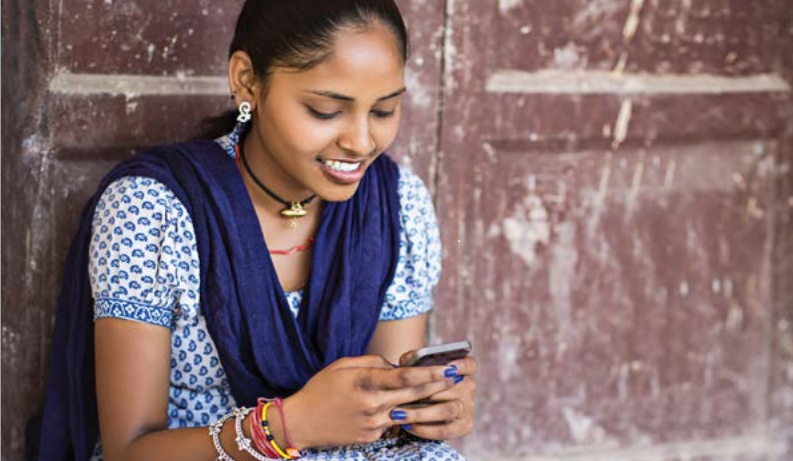Five years ago, women in developing countries around the world were 21% less likely to own a smartphone than men, according to a study by the GSM Association (GSMA). Fast forward to the present, that number has been reduced to 14% but a staggering 1.7 billion females in these regions still don’t own or have access to a smartphone.
A report released today by the association at Mobile World Congress titled “Bridging the Gender Gap: Mobile Access and Usage in Low- and Middle-income Countries” under its Connected Women Program, reveals that 200 million fewer women than men own a cellphone, compared to 300 million in 2010.
“Despite the progress that has been made, women continue to be left behind and challenges remain in ensuring that women are included in an increasingly connected and internet-enabled world,” the report says.
In Sub-Saharan Africa, 64% (307 million) of women remain unconnected, but South Asia is the worst affected region at 72% (594 million). Globally, the number stands at 59% of unconnected women in the two regions as well as Latin America and the Caribbean, East Asia and Pacific, Europe and Central Asia and the Middle and North Africa.
Eleven countries were featured in the report, namely: Niger, India, the Democratic Republic of the Congo (DRC), Mexico, Indonesia, China, Turkey, Kenya, Colombia, Egypt, and Jordan.
Interviews were conducted with 11 000 men and women from different socio-economic and geographical backgrounds in all 11 countries as part of the study.
The country with the biggest mobile gender gap is Niger, while China has the smallest with an almost equal number of men and women each owning and having access to a cellphone.
According to feedback from respondents, the five main barriers to women owning and using mobile phones are as follows, arranged according to most and least important:
- Income and affordability: This is the biggest factor in terms of ownership and usage. It includes the cost of a phone, SIM, credit and battery charging
- Infrastructure: Network coverage and quality in developing countries remains an issue for most users who end up not being able to properly use their phones to make calls, send messages or get online.
- Incentives to own and use: Many women reported that their families (particularly men) were not comfortable with them owning a smartphone mostly due to cultural and social taboos. Online abuse and harassment also play a role.
- Owner/ agent trust: Operators in certain regions are perceived as unreliable and many consumers fear being deceived or duped into parting with their money.
- Use capability and design: A lot of respondents reported feeling intimidated and overwhelmed with using a phone because they simply didn’t have the technical knowledge to know the basics, which in turn affected their confidence in being able to use a phone for their full benefit.
Other key findings in the report reveal that fewer women than men phone owners report using mobile services beyond voice and fewer women than men use internet on a mobile phone.
Anne Bouverot, director general of the GSMA reiterated the 2010 report’s stance that giving women better access to mobile technology will not only benefit them personally, but also boost their country’s social and economic development.
“The ubiquity and affordability of mobile phones presents us with the unprecedented opportunity to improve and enhance social and economic development; however, as our study shows, women in particular tend to be left behind as owners of mobile phones and as consumers of mobile services,” Bouverot says.
“Mobile phones help women feel safer and more connected, save time and enable access to key services such as mobile money and health information. They offer a cost-effective channel for delivering services and have the potential to increase access to education and employment opportunities, an area where women are still disadvantaged in many parts of the world.”
Closing the ownership and usage gender gap in each of these regions could add an additional $170 billion in revenue to the mobile industry by 2020, the report states.
“Without targeted intervention from the mobile industry, policymakers, and other stakeholders, the gender gap in ownership and use is unlikely to close naturally on its own,” says the GSMA. “Ensuring women own mobile phones on par with men will require deliberate, active efforts by industry and policy-makers, especially in situations where women face particularly high barriers for cultural or socio-economic reasons (e.g rural, poor).”
You can read the full report on the GSMA website.

